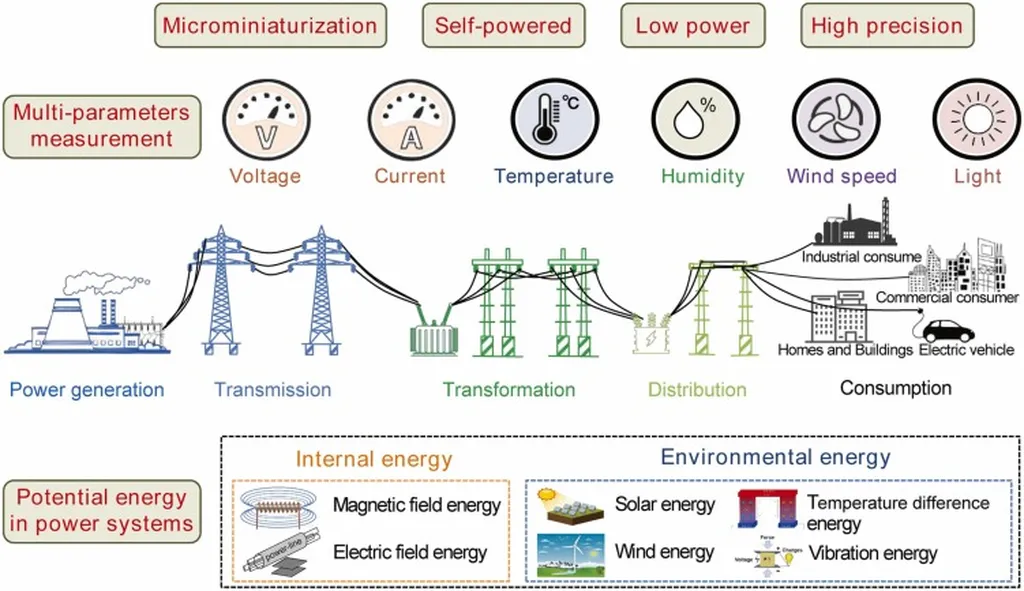In the world of construction, particularly in large-scale projects like energy infrastructure, precision and efficiency are paramount. A recent study published in *Jianzhu Gangjiegou Jinzhan* (Advances in Structural Engineering) sheds light on a critical phenomenon known as the “breathing effect” in sliding construction, offering insights that could revolutionize how engineers approach such projects. Led by Xing Zunsheng, the research delves into the intricacies of sliding construction, providing solutions that could save time, reduce costs, and enhance safety in the energy sector.
Sliding construction, a method often used in the assembly of large structures, involves moving heavy components along tracks. However, this process can lead to what Xing and his team term the “breathing effect”—a series of micro-movements and adjustments that occur as the structure settles into place. These movements can cause issues like “rail biting,” where the structure grinds against the tracks, leading to delays and potential damage.
The study introduces a novel approach to understanding and mitigating this effect. By analyzing the friction boundary conditions between the sliding structure and its supports, the researchers identified key factors influencing structural displacement, such as bending stiffness, rail spacing, and the number of supports. “Understanding these variables allows us to predict and control the breathing effect more effectively,” Xing explains. This predictive capability is crucial for engineers working on large-scale projects, where even minor inefficiencies can have significant commercial impacts.
One of the study’s most compelling contributions is its practical solutions. Xing and his team propose several strategies to enhance structural stiffness, including pre-deforming the structure, increasing the gap between the sliding shoes and the limiting devices, and implementing temporary measures. These methods not only address the breathing effect but also improve the overall stability and safety of the construction process.
The research also explores the impact of temperature variations on the breathing effect. Seasonal and daily temperature changes can cause materials to expand and contract, further complicating the sliding process. By developing simulation models that account for these temperature fluctuations, the study provides a more accurate and reliable framework for engineers to work within.
For the energy sector, these findings are particularly relevant. Large-scale energy projects, such as power plants and renewable energy installations, often involve the assembly of massive structures. The ability to predict and control the breathing effect can lead to more efficient construction timelines, reduced material waste, and lower operational costs. As Xing notes, “Our research aims to provide engineers with the tools they need to optimize the sliding construction process, ensuring smoother and more cost-effective project execution.”
The study’s practical applications are already being demonstrated in real-world projects. By integrating the proposed solutions, engineers can avoid the pitfalls of rail biting and other related issues, ensuring that sliding construction proceeds smoothly. This not only enhances project efficiency but also contributes to the overall safety and longevity of the structures being built.
As the construction industry continues to evolve, the insights from this research will undoubtedly shape future developments. By providing a deeper understanding of the breathing effect and offering practical solutions, Xing and his team have set a new standard for sliding construction. Their work serves as a testament to the power of innovative research in driving progress and improving outcomes in the energy sector and beyond.
Published in *Jianzhu Gangjiegou Jinzhan*, which translates to *Advances in Structural Engineering*, this study is a significant contribution to the field. It highlights the importance of interdisciplinary research and collaboration in addressing complex engineering challenges. As the industry continues to push the boundaries of what is possible, the insights from this research will undoubtedly play a crucial role in shaping the future of construction and energy infrastructure.

